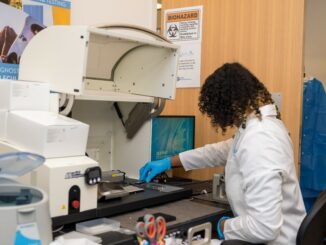In the 1980s, scientists knew little about the X and Y chromosomes. What they did understand was that every cell in the body contains 23 pairs of chromosomes. Each of these pairs is similar, except one. While females typically have two X chromosomes, males have one X chromosome and one Y chromosome. But which gene on the Y chromosome causes a developing embryo to become a male had remained an enticing mystery for geneticists worldwide.
This article was originally published on MedicalXpress.com




